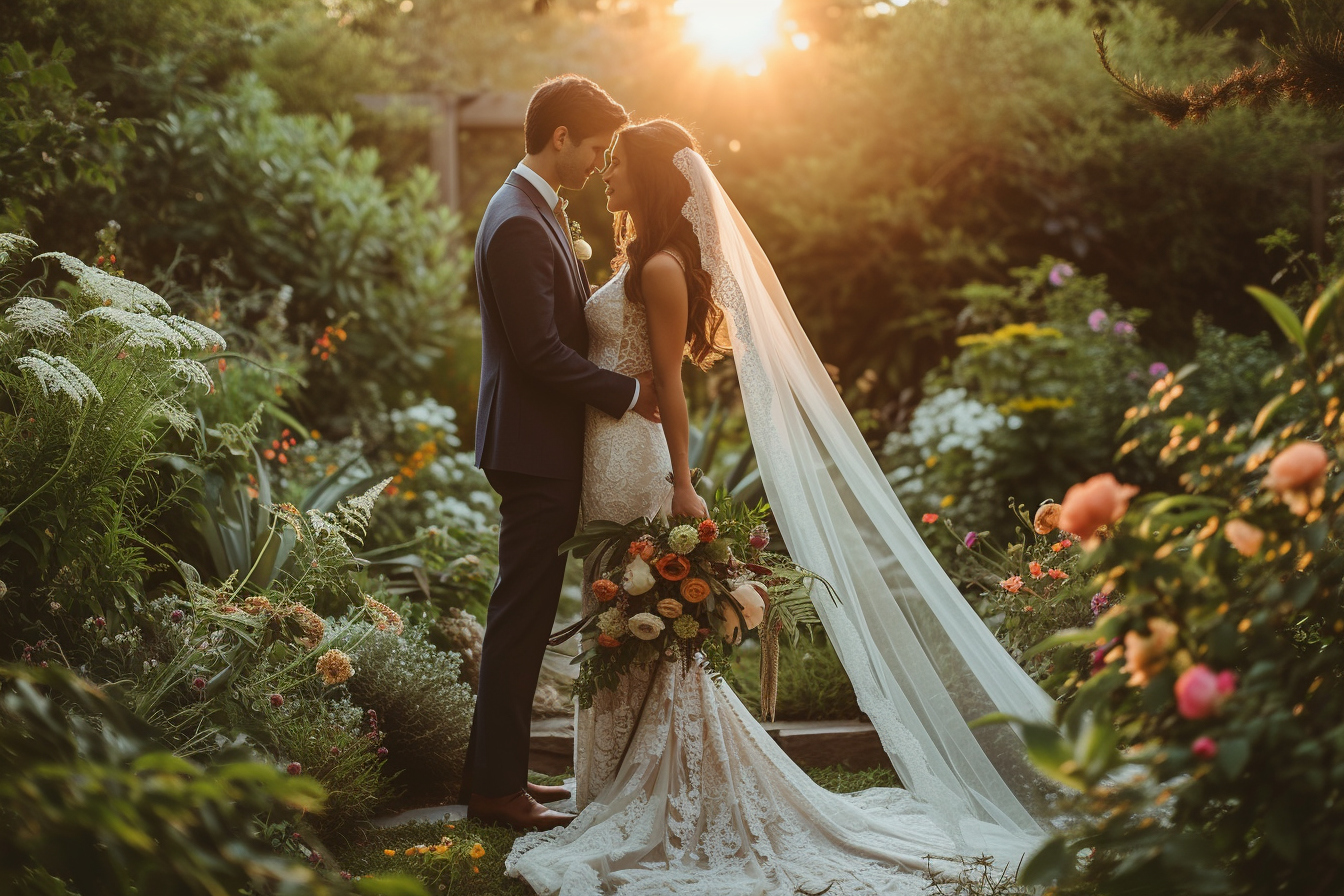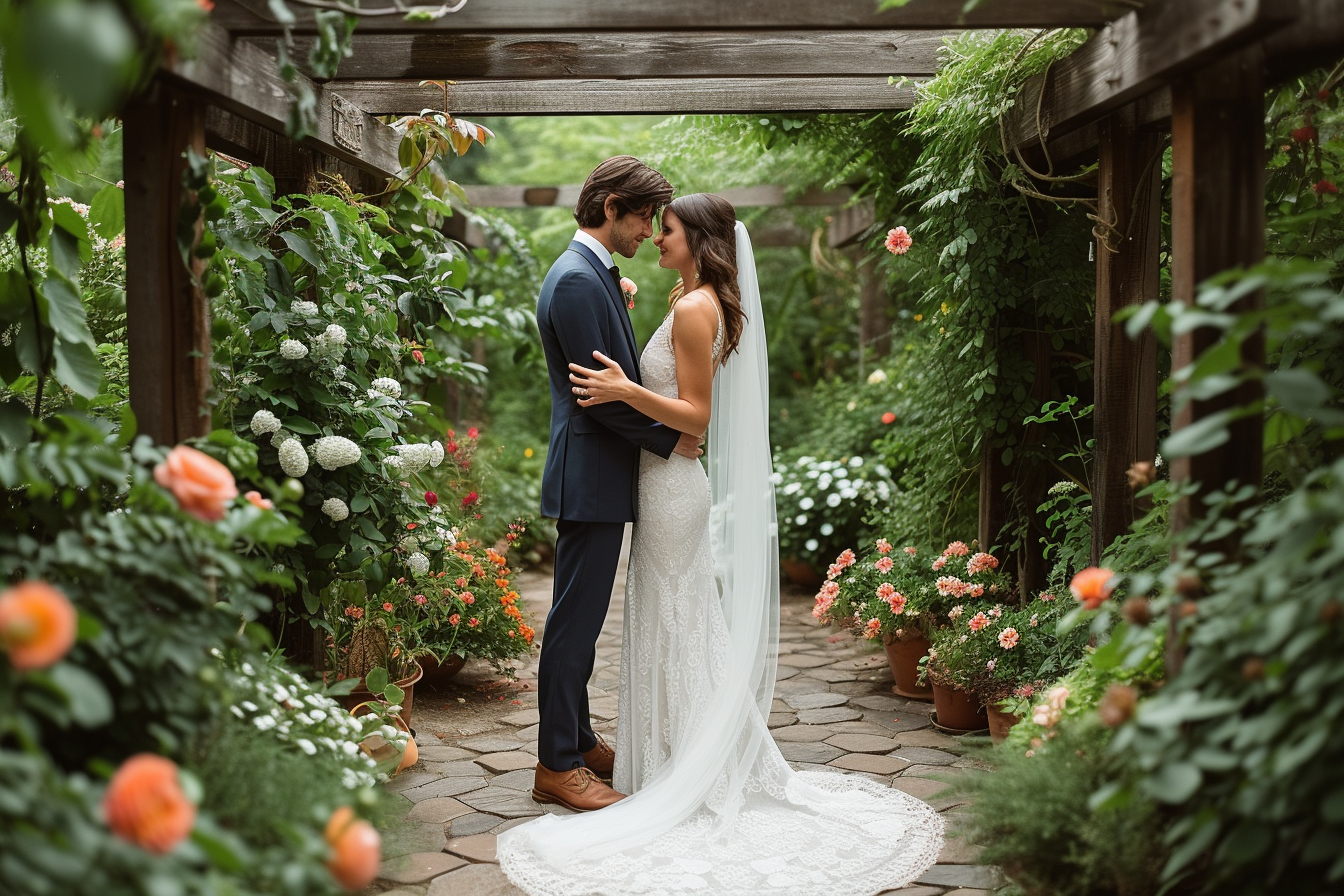Wedding photography stands as a vital component of a couple’s big day, immortalizing moments that will be cherished for a lifetime. The task of capturing the essence of this event is an art form in its own right. It requires a sensitivity to the unfolding narrative, technical acumen, and the ability to anticipate the significant interactions that embody the couple’s love and the celebration that surrounds it.
Understanding the importance of preparation
Preparation sits at the heart of successful wedding photography. Well in advance, photographers should converse with the couple to comprehend their vision and the key events they wish to capture. Creating a detailed timeline for the day helps ensure no crucial moment slips by unnoticed. Familiarity with the venue is also critical – a pre-wedding visit can aid the photographer in scouting ideal locations for various shots, assessing the lighting conditions, and developing an intimate understanding of the space.
Collaborate with the couple
Initiate an open dialogue with the couple to establish their preferences and expectations. Delve into their personal style and inquire about any specific shots or poses they desire. This is also the perfect time to discuss the wedding’s theme and color scheme, which will help in planning the overall aesthetic of the photography.
Scout the venue
Understanding the environment you will work in is not only beneficial, it’s imperative. Assessing the lighting, identifying picturesque backdrops, and determining alternate spots for photos in case of inclement weather are all preparatory tasks that can make or break a wedding photography session.
Gear up: the right equipment matters
The right equipment is instrumental in capturing high-quality images. A professional-grade camera with a full-frame sensor is the industry standard due to its superior background blur and low light performance. Lenses are equally crucial – a mix of prime lenses for portraits and zoom lenses for versatility should be in every wedding photographer’s bag. Don’t forget backup cameras, extra batteries, and memory cards; being well-equipped means being prepared for every eventuality.
Camera and lens selection
Invest in a reliable camera body and a selection of lenses that cater to different needs. A 50mm prime lens, for example, is excellent for portraits, while a 70-200mm zoom can discreetly capture candid moments. A wide-angle lens can also be an invaluable asset for sweeping shots of venues and group photos.
Pack spares and extras
Malfunction and loss are risks no professional can afford to take lightly. Bring extra batteries, memory cards, and even backup cameras to ensure nothing stops you from documenting the entire event.
The art of lighting

Superb lighting is the linchpin of exquisite photography, and a true professional knows how to leverage or supplement natural light for the best possible effect. When natural light is low or unflattering, artificial light, whether flash or continuous, can be employed thoughtfully so as not to detract from the mood of the moment.
Harness natural light
Make the most of the soft glow of early morning or the golden hue of late afternoon. In these so-called "golden hours," natural light adds warmth and beauty to photos that simple can’t be replicated with artificial sources.
Master flash photography
When using flash, diffusing the light is essential to avoid harsh shadows and glaring highlights. Understand bounce flash techniques and use external flash units, which provide more even illumination than built-in flashes.
Pivotal moments deserve priority
Certain moments during a wedding are pivotal, and missing them is simply not an option. The exchange of vows, the first kiss, the first dance, and the cutting of the cake stand out as the quintessential “shot list” staples. Additionally, be alert for the unexpected, emotion-infused interactions that often tell the most compelling story of the day.
Anticipate key events
Stay close to the day’s schedule, and position yourself strategically to capture these seminal moments. Anticipation is a skill every seasoned wedding photographer hones, ensuring they’re always at the right place at the right moment.
The candid and the planned
Balance is essential when weaving between candid documentary-style shots and posed photographs. While planned images are necessary, candid snapshots offer a genuine glimpse into the day’s heartfelt emotions and nuanced interactions.
Composing the romantic narrative
Wedding photography is about telling a story – the story of two individuals intertwined by love. Employ composition techniques such as leading lines, framing, and the rule of thirds to create images that draw viewers into the romance unfolding.
Focus on emotion and connection
Strive to capture the looks, touches, and moments of laughter and tears that express the day’s underlying emotional current. It’s the twinkle in the eye, the tender touch, the burst of joyous laughter that will resonate most in the years to come.
Attention to detail
Do not neglect the myriad details that make up the day. From the intricate designs on a wedding gown to the delicate flowers in a centerpiece, these elements contribute texture and richness to the wedding narrative.
Navigating the dynamics of the day
Weddings are dynamic events, often unpredictable and filled with a spectrum of personalities. A professional photographer must navigate these elements gracefully, maintaining a respectful presence while directing and encouraging guests when necessary for the perfect shot. Exceptional communication skills can turn a potential photo fiasco into a smoothly orchestrated session.
Directing with tact
Providing clear instruction helps immensely with group shots and poses. Do so with a polite demeanor and a smile, ensuring participants feel comfortable and cooperative.
Blending in
Adopt a fly-on-the-wall approach during intimate or highly emotional moments. Being unobtrusive allows you to capture the raw, unguarded moments without the subjects feeling self-conscious.
The post-production phase
Post-production is no less crucial than the shoot itself. Take the time for careful culling, selecting only the best shots for editing. Color correction, cropping, and retouching should be done with a discerning eye, enhancing the photos without altering their authenticity. Establish a consistent editing style that reflects the couple’s wishes and your artistic signature.
Invest in editing software
Reliable editing software is a non-negotiable tool for wedding photographers. Programs like Adobe Lightroom and Photoshop are industry standards that facilitate a wide range of adjustments from the simple to the complex.
Deliver consistently
Ensure the final collection of images is cohesive, reflecting a consistent style across different types of shots. This includes maintaining a uniform look in terms of color tones, saturation, and contrast throughout the entire wedding album.
Capturing a wedding day like a pro is an intricate ballet of technical skill, artistic vision, and interpersonal savvy. By embracing these expert tips and infusing them with their unique style, any photographer can rise to the occasion, delivering breathtaking results that capture the inimitable magic of a couple’s special day.

